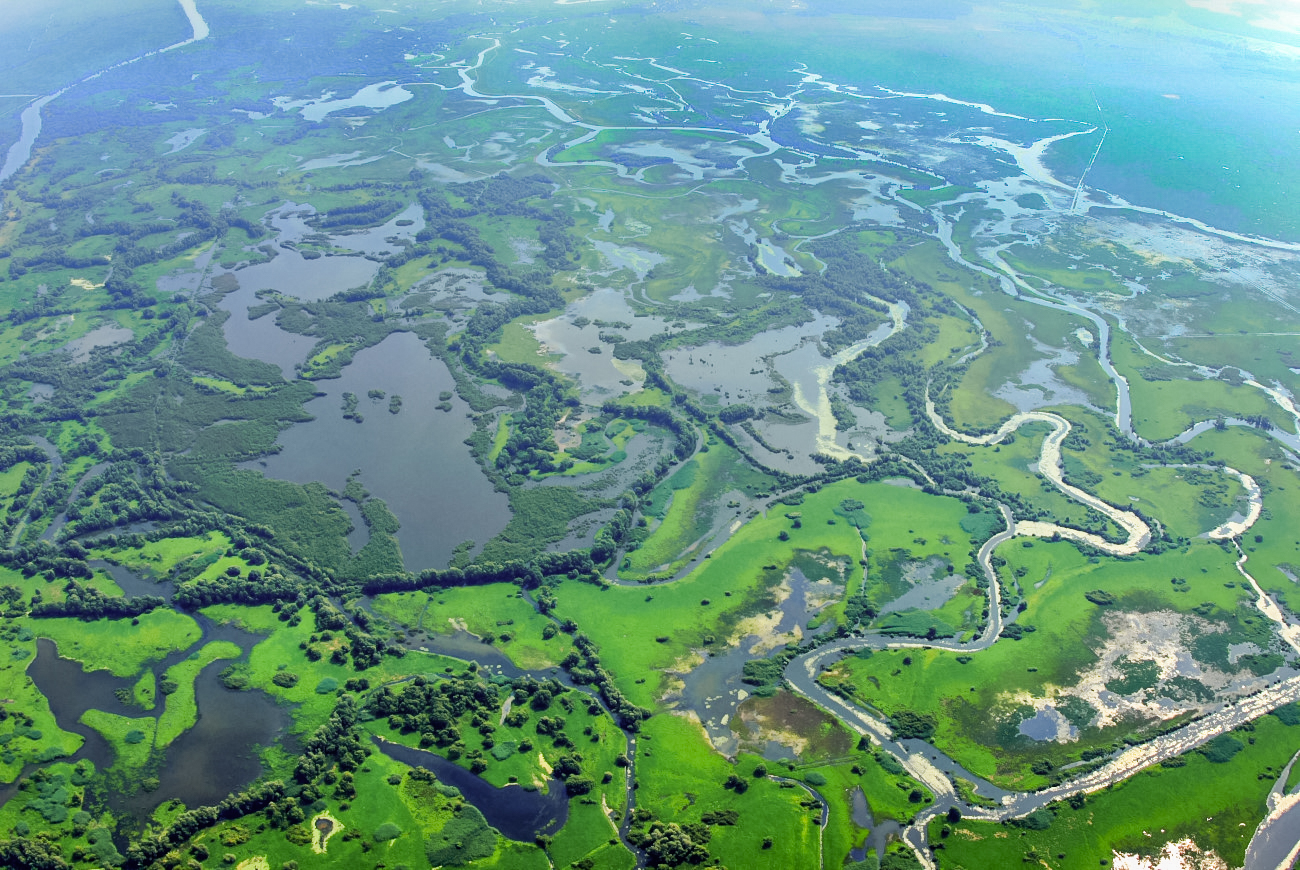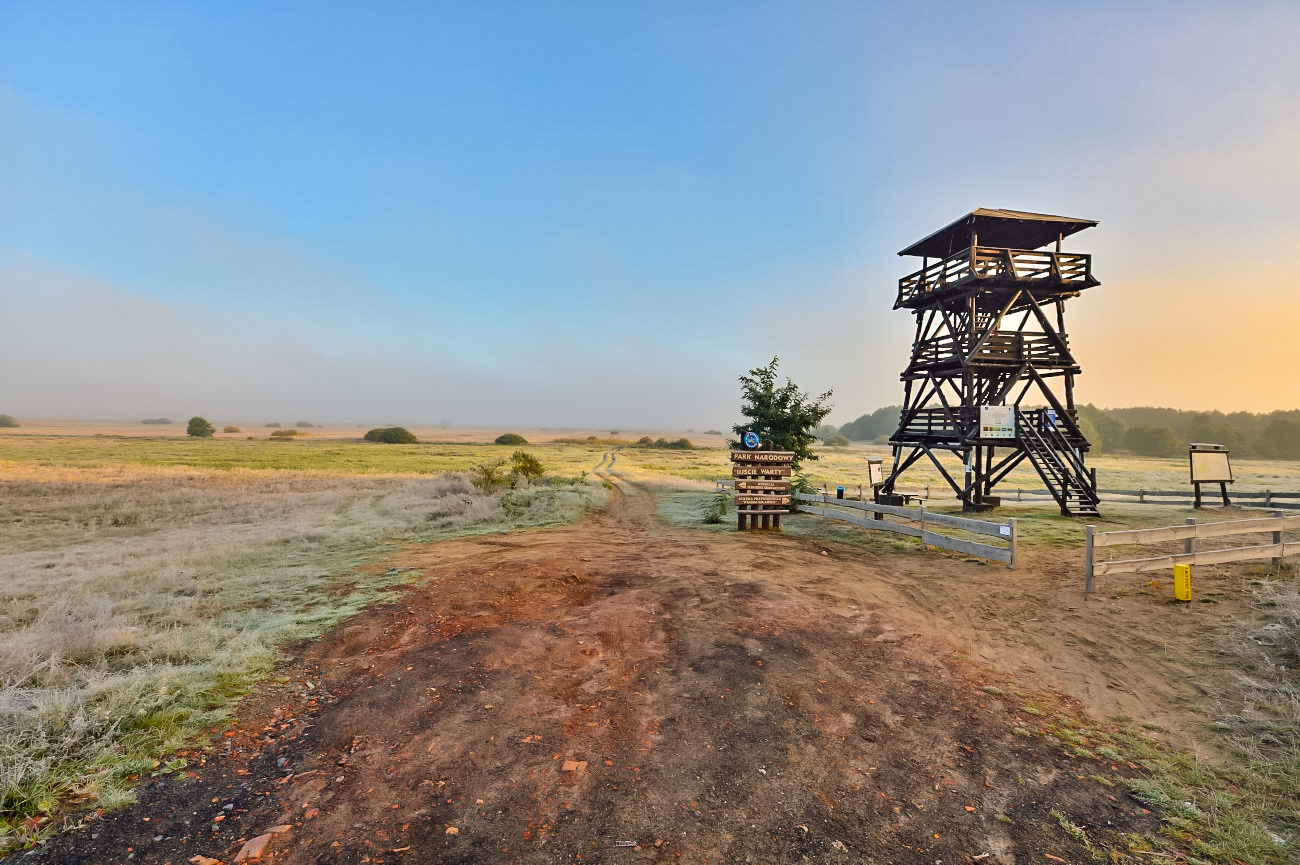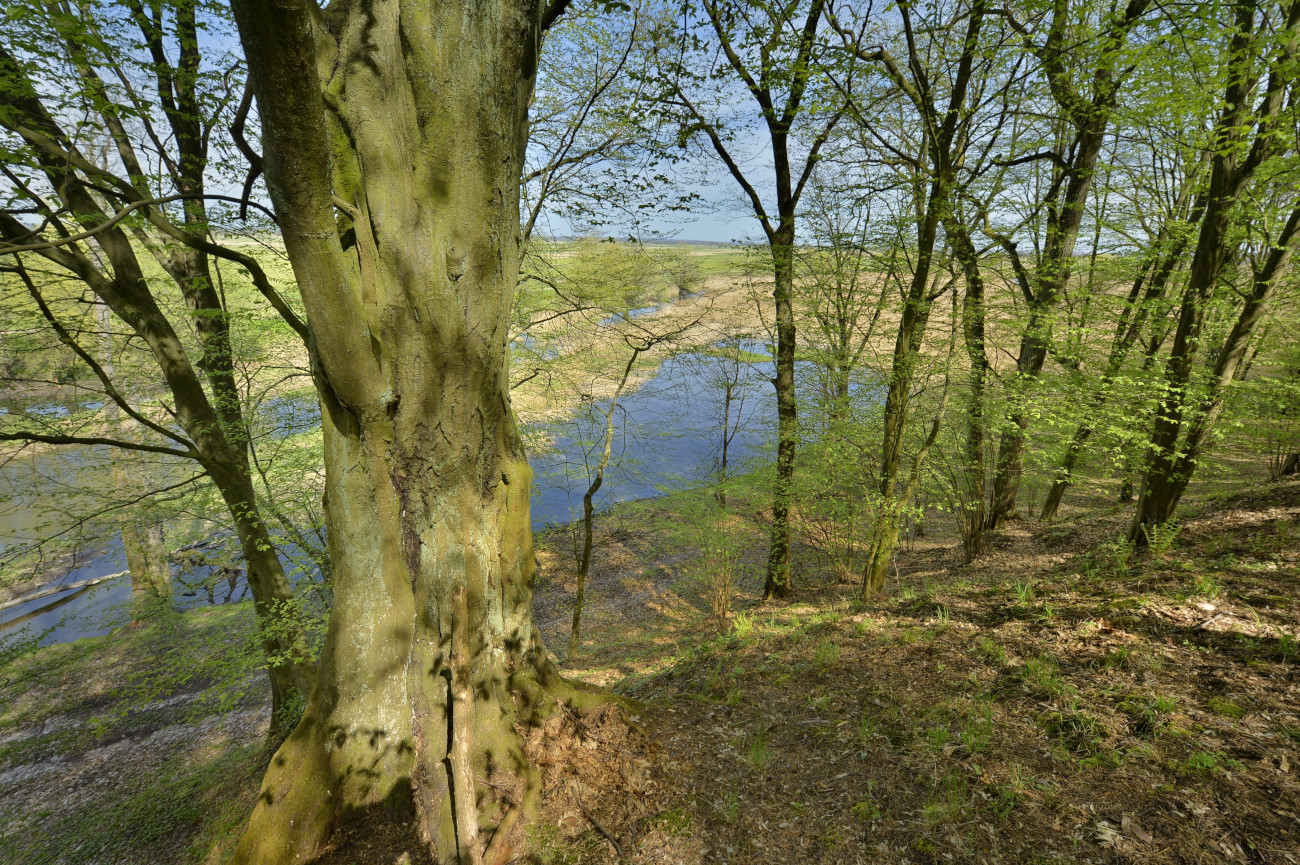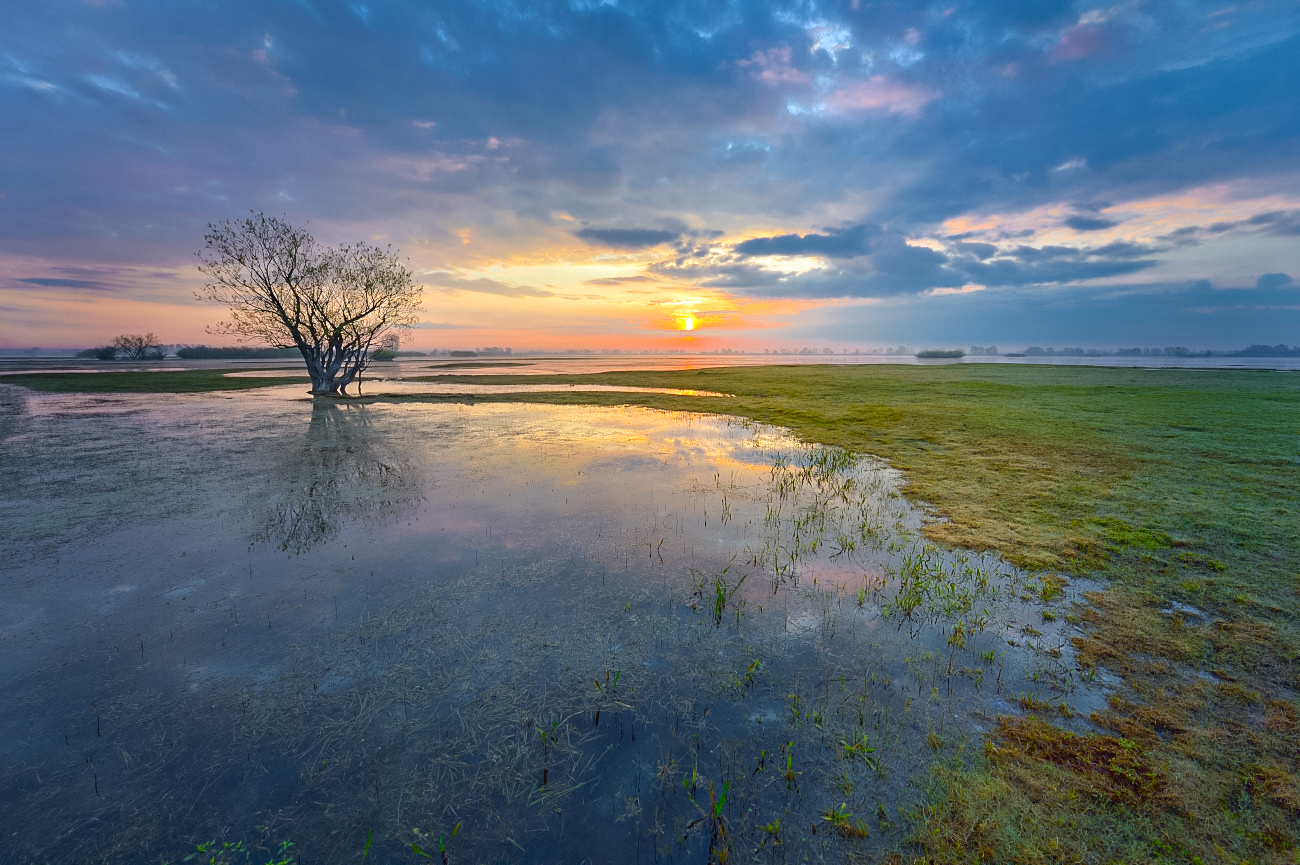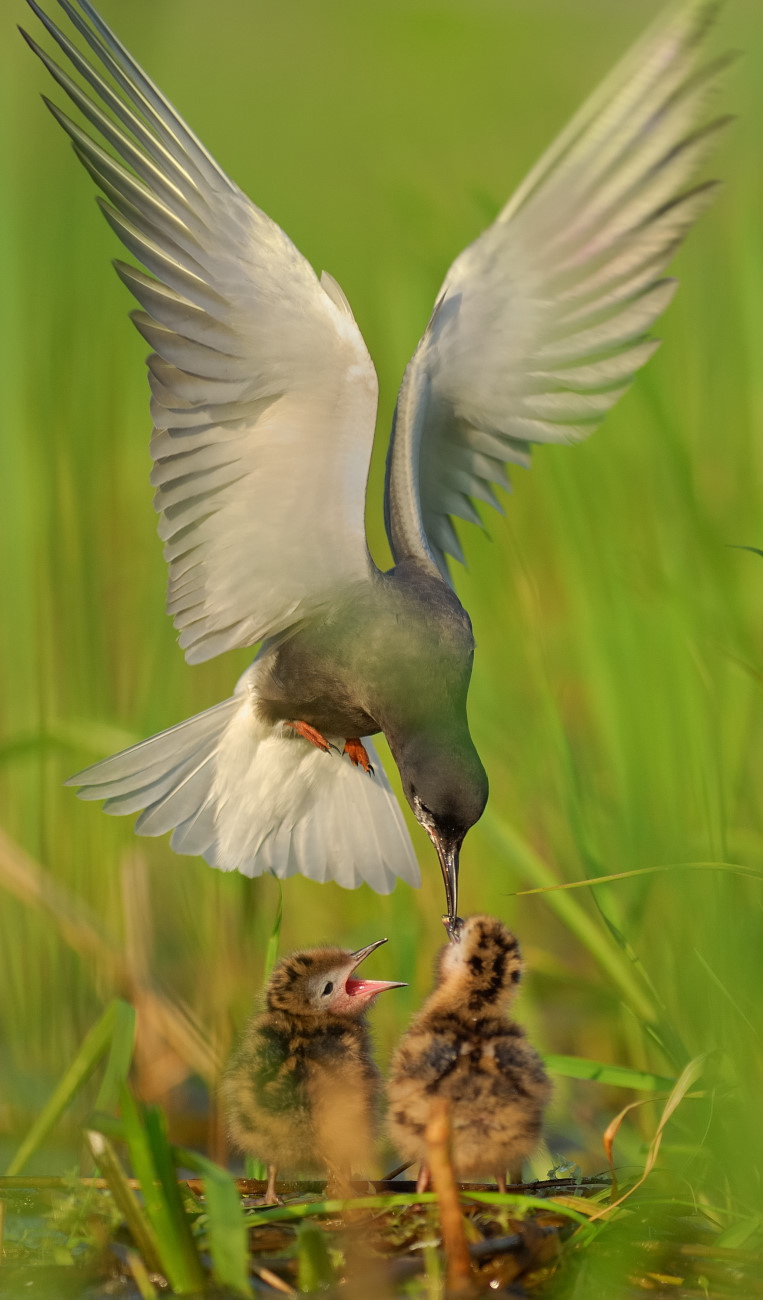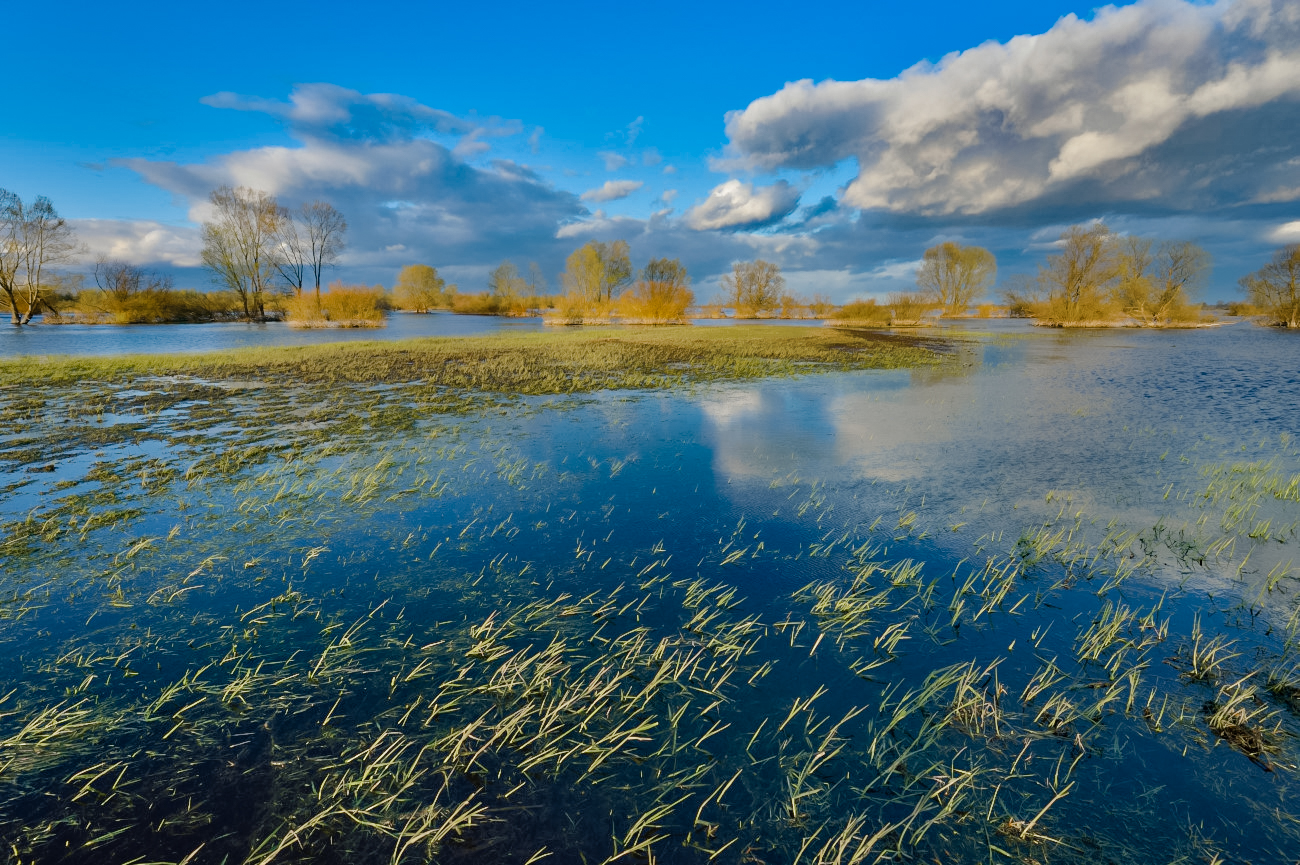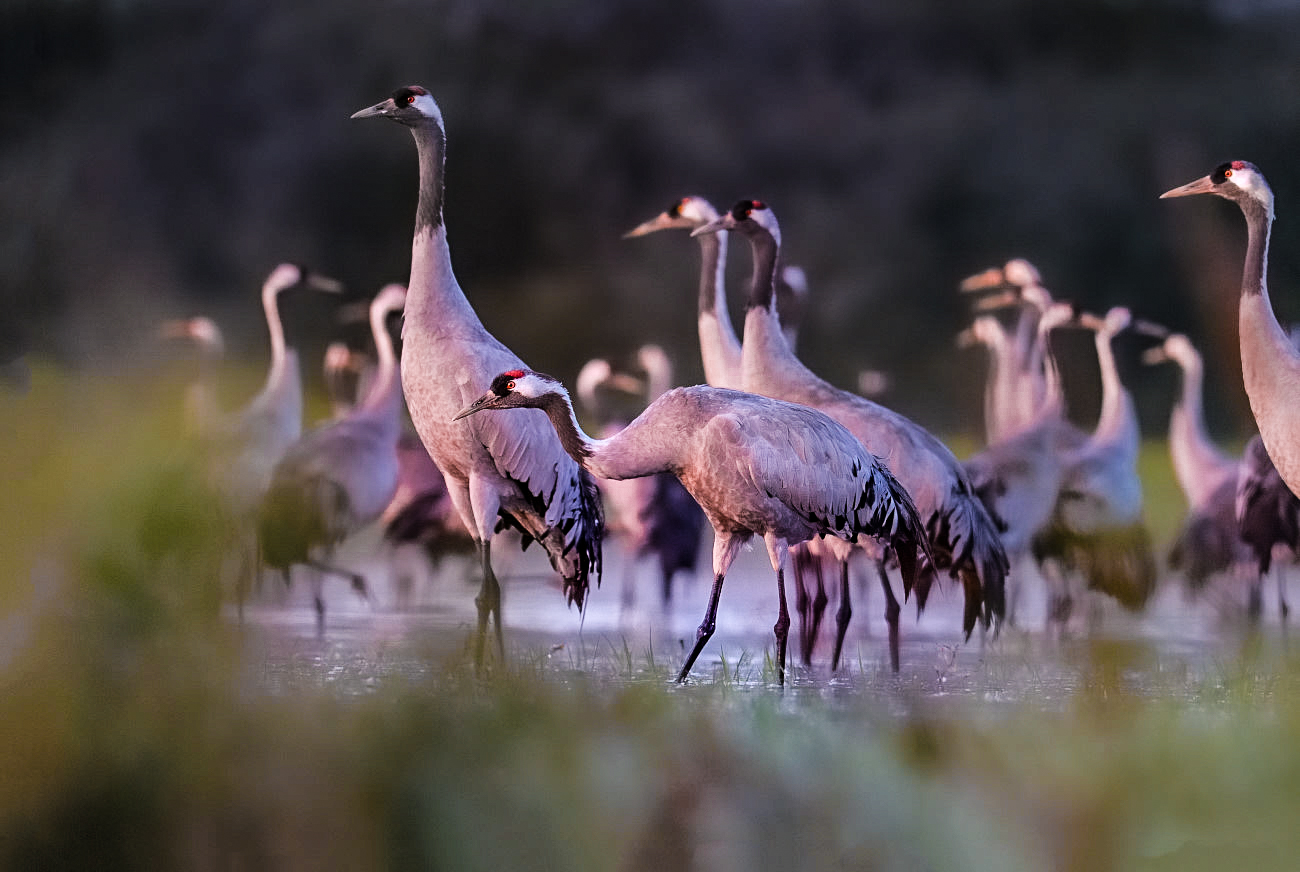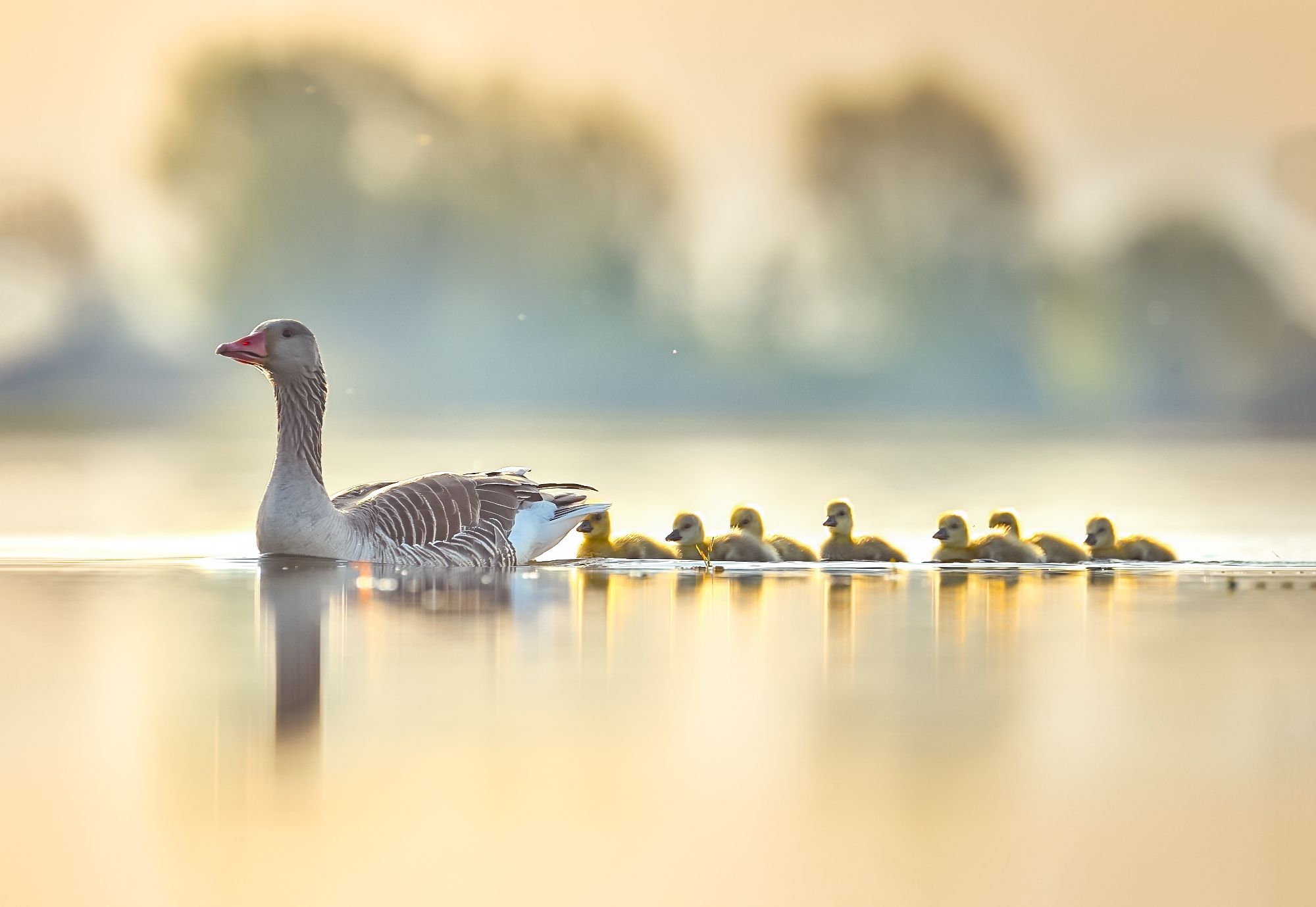The Warta Mouth National Park
2015-08-27
The Park was established in 2001 with the area of 8,037.59 hectares. Its main function is to protect bird species, and its primary tasks include the preservation of bird habitats in a condition ensuring their diversity. The Park is crossed by two water courses: Postomia (a section of the former Warta delta into which the smaller Postomia falls) and Warta, which splits the park into the south and north sections.
The nature of the southern part of the Park is more valuable. It is a fragment of a large flood terrain between flood embankments, called the Kostrzyn water storage reservoir. Here, the embankment has been withdrawn from the Warta river and forms a wide arc, closing an area of more than 5,000 hectares. There, the swollen waters of Warta and the Oder periodically spill out, which results in considerably dynamic hydrological conditions. The prolonged and frequent flooding of the area has resulted in so-called “open habitats”, that is, meadows devoid of trees and shrubs with a large proportion of shallow backwaters. They are the main attraction of the Park’s bird population. Bird lovers will appreciate the periodic spring pools that attract waders, the forests and bushes nesting singing birds together with cranes and black storks.
The northern part, called the North Polder, is separated from Warta by a floodbank, thanks to which it is characterized by more stable hydrological conditions. The surface water comes from precipitation and is discharged into Warta through a network of ditches, canals and pumping stations. Despite the major anthropogenic impact on the landscape, the North Polder is a place of great beauty. It consists of vast plains of wet meadows, clumps of trees and shrubs, and dense patches of forest. Due to this mosaic of habitats and the hydrological stability, some species of animals, especially mammals, find better living conditions here than on the floodplain. Bird lovers will appreciate the periodic spring pools that attract waders and the forests and bushes nesting singing birds, cranes and black storks. The fact that the area is not flooded, as well as the existing road network make it an attractive area for tourism. This makes the North Polder a must-see location for those visiting the region.
